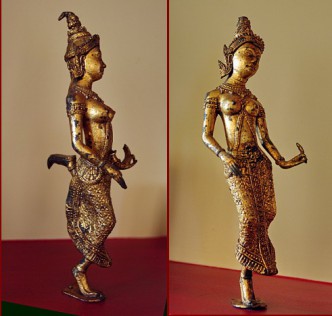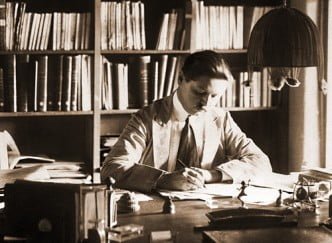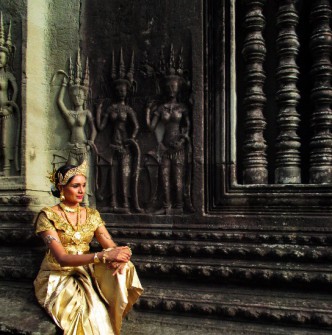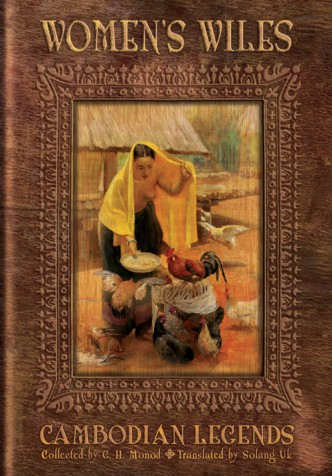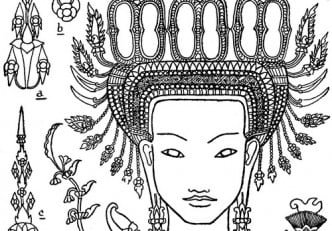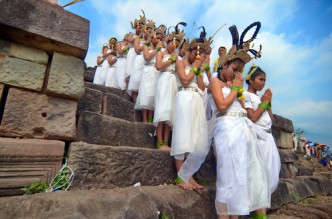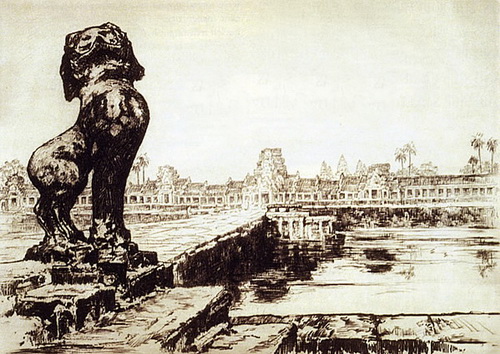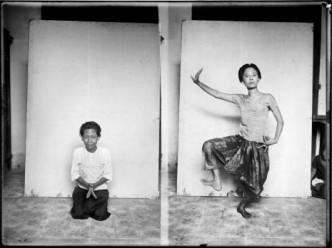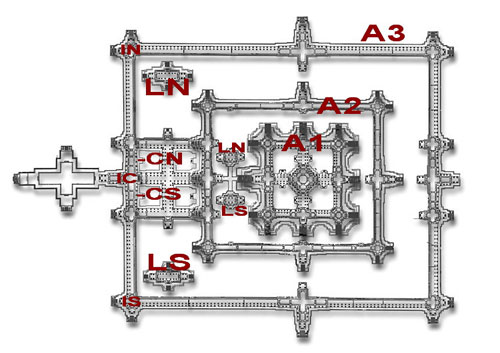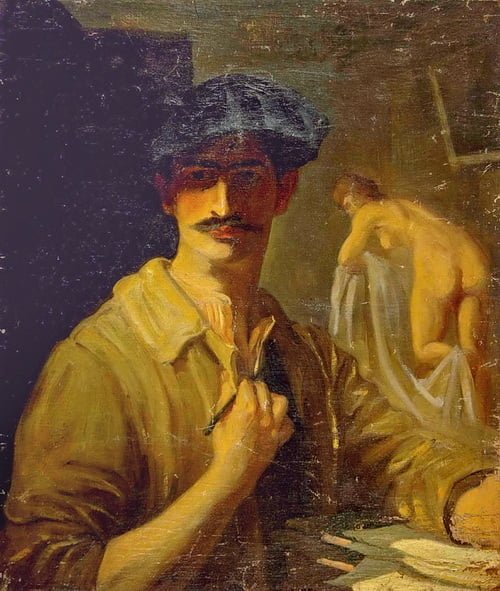
Jean Despujols Prix de Rome Centennial 1914-2014
Born in Salles en Gironde, France on Mar. 19, 1886, Jean Despujols is best known to Southeast Asian scholars for his stunning art depicting French Indochina during his two-year mission throughout the region from 1936-1938. His paintings of Angkor and Cambodian dancers are among the most beautiful ever created. This article by his grandson, Godefroy Hofer, describe the competition that established his reputation as a world-class artist and celebrate a magnificent anniversary: Jean Despujols’ centennial of winning the Grand Prix de Rome on July 18, 1914.

